SpaceX has developed a way to bring Starlink satellite internet to so-called “radio quiet zones” in New Mexico and West Virginia, where radio astronomy observatories are located. In collaboration with the US National Science Foundation and the National Radio Astronomy Observatory (NRAO), the company found a way to connect residents of these regions to Starlink without interfering with scientific research.
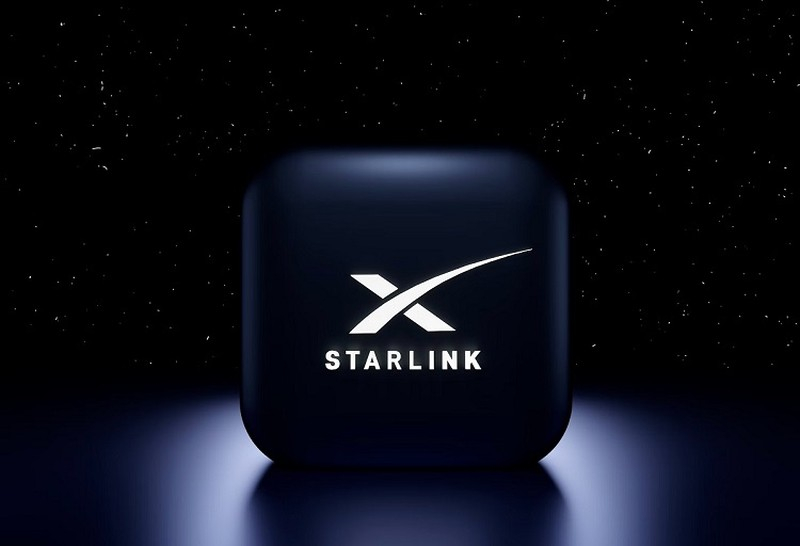
Image source: Spacex
Radio silence zones are highlighted on Starlink’s official coverage map as a pair of dark blue areas without access to the company’s high-speed satellite internet. SpaceX had to restrict access to avoid radio interference with local observatories that use powerful radio telescopes to conduct space observations.
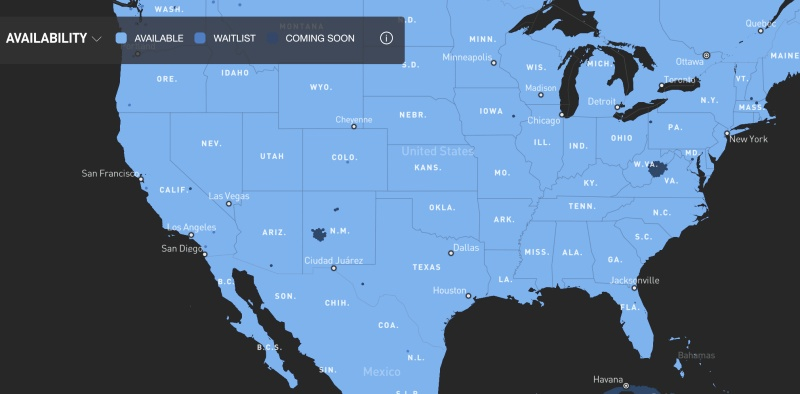
The main problem was that Starlink radio signals hit the sensitive receiving equipment of radio astronomy observatories, which could both interfere with observations and damage the equipment. To prevent this, SpaceX has developed a system to quickly change the direction of the satellite signal, bypassing radio telescopes as the company’s orbiting satellites approach. The stages of interaction between the satellite and the radio telescope are shown in the illustrations below.
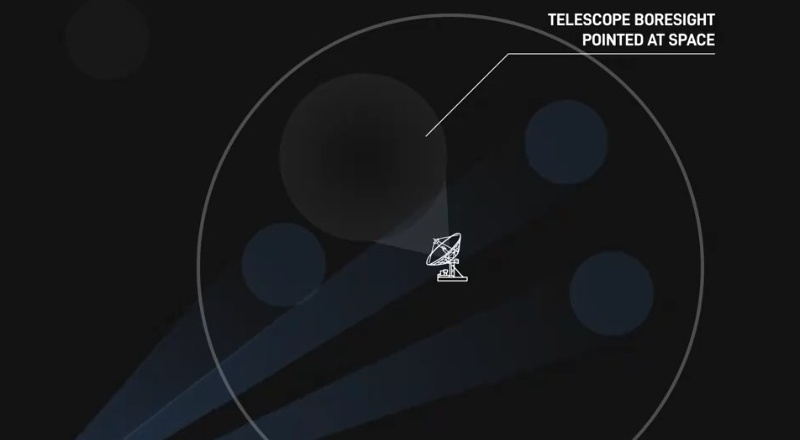
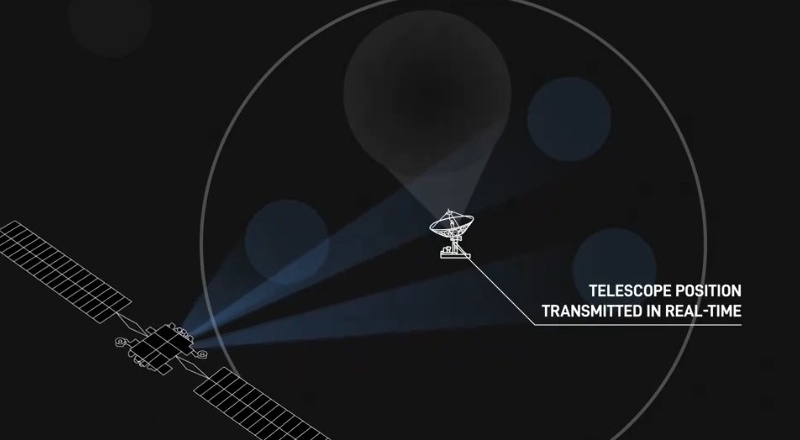

«These methods are made possible by a real-time data exchange framework between Starlink and radio astronomy observatories, which provide Starlink with the telescope’s planned observation schedule, including the telescope’s pointing direction (also known as the “boresight”) and its observed frequency band,” a SpaceX spokesperson said.
According to SpaceX, the system is already up and running in a radio quiet zone in Socorro, New Mexico, where the Very Large Array NRAO telescope is based. As a result, local residents, including the Alamo Navajo Indian Tribe, now have the opportunity to use fast Starlink satellite Internet.
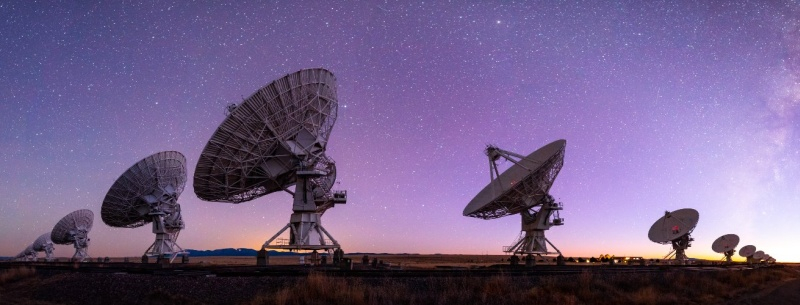
Image source: National Radio Astronomy Observatory
«This is a great collaboration between NRAO and SpaceX, demonstrating the coexistence of advanced satellite communications systems and sensitive scientific instruments sharing the same spectrum,” said Starlink Vice President of Engineering Michael Nicolls.

Connection to Starlink will also be possible in Green Bank, West Virginia, where another large radio telescope is located.